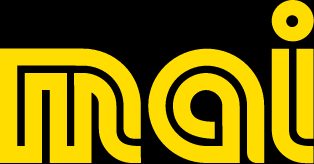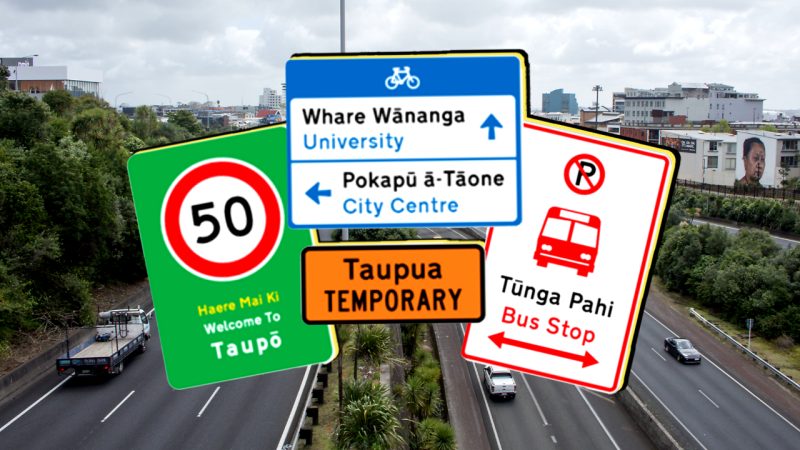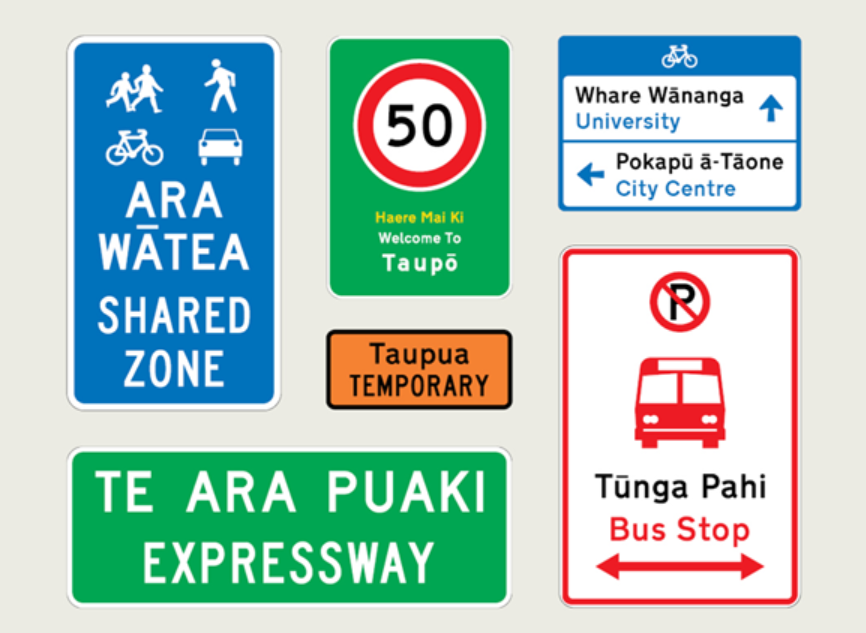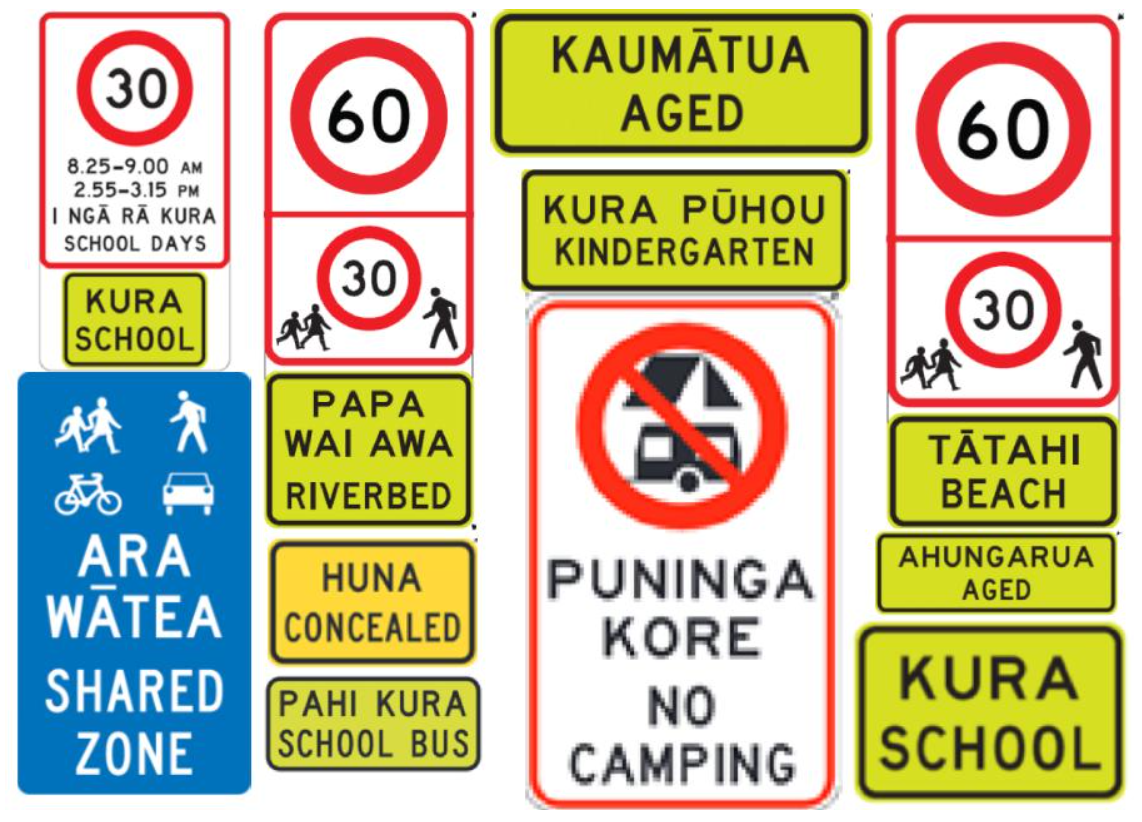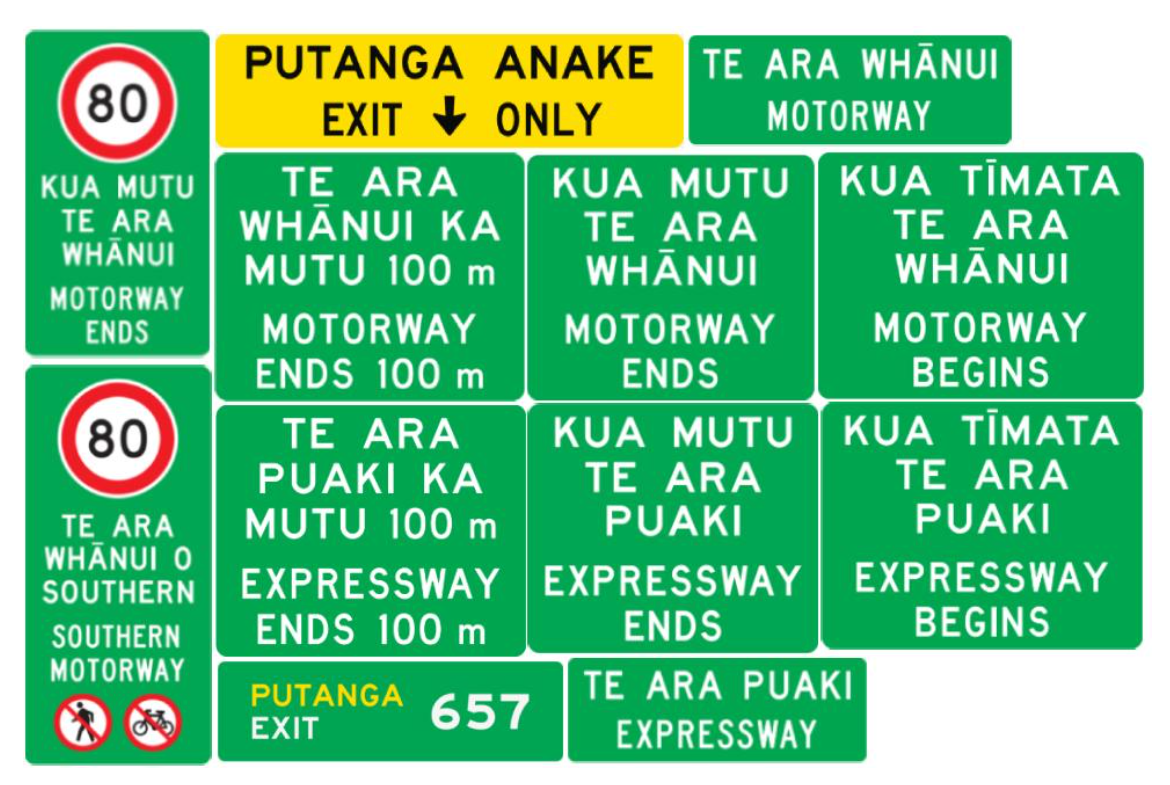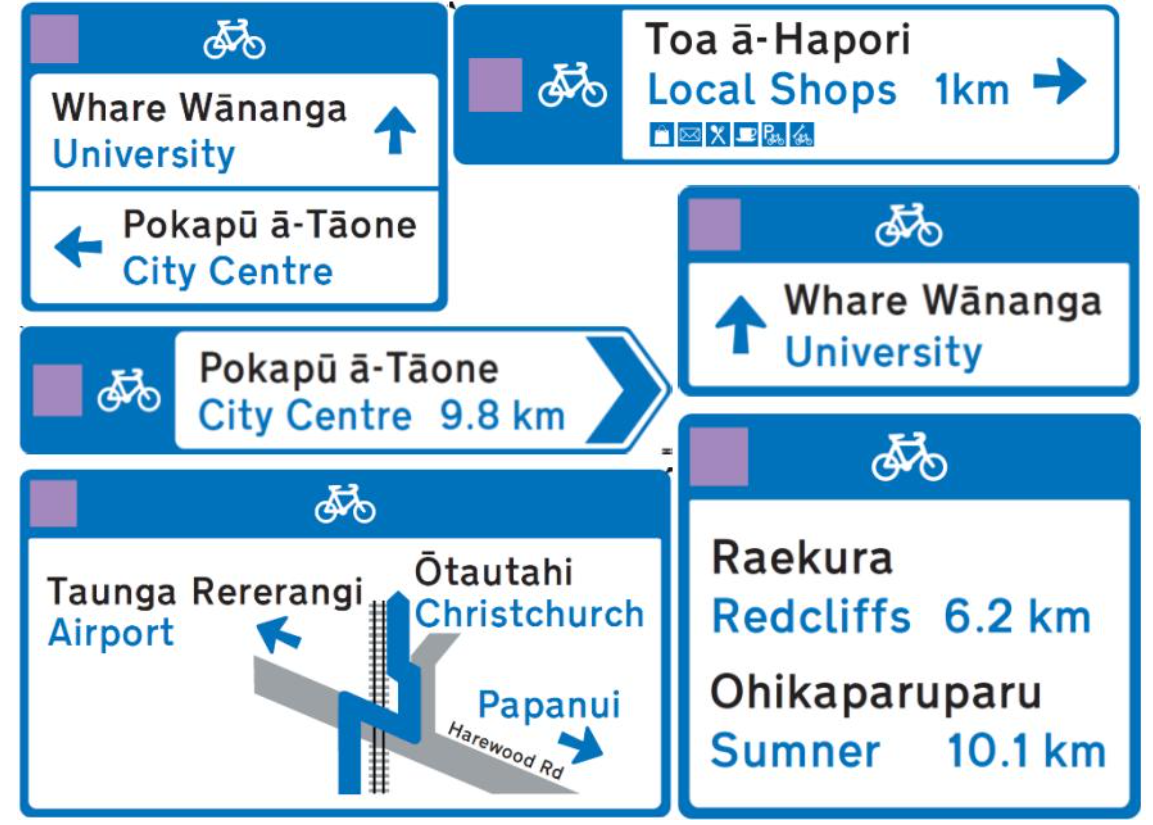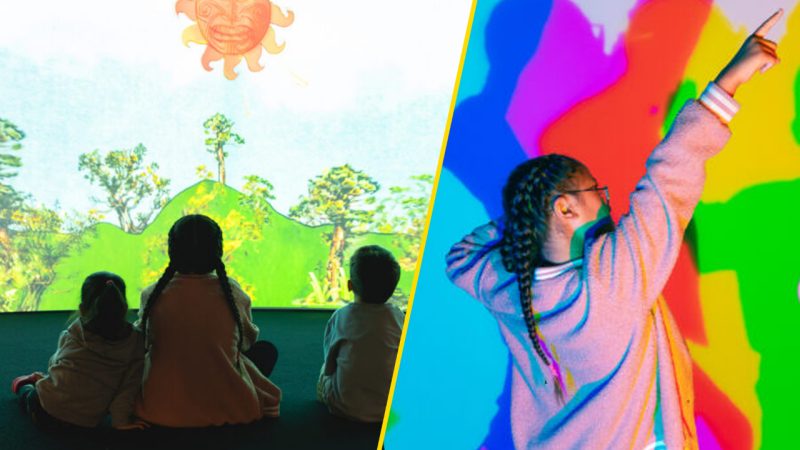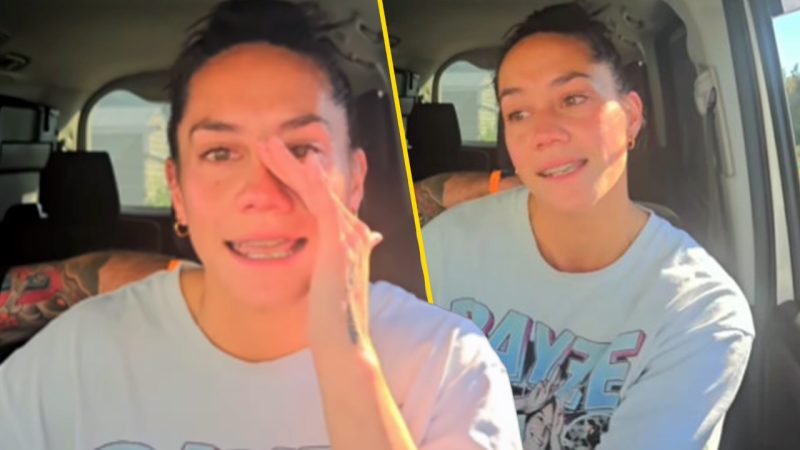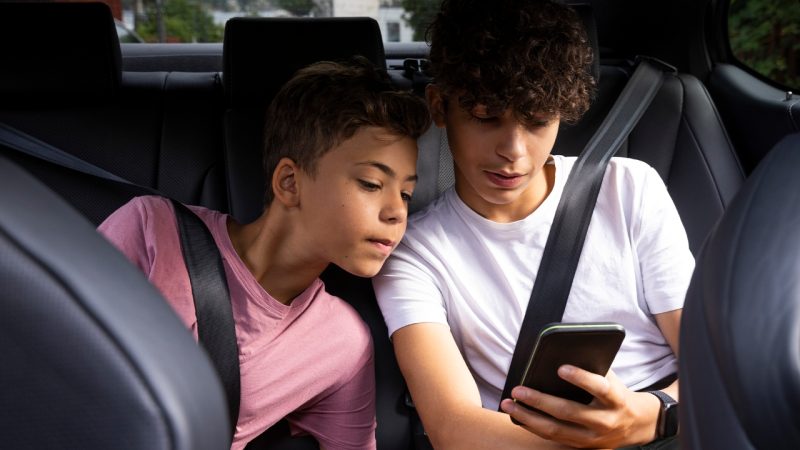Aotearoa, guess what? Bilingual traffic signs might be spotted on our roads soon, and Waka Kotahi has got our glimpse at what the proposed signs could look like.
Te Mātāwai and Waka Kotahi NZ Transport Agency are leading the charge in bringing more te reo Māori into our everyday lives by proposing to incorporate the language on traffic signs all up and down the country.
SOURCE: Waka Kotahi NZ
A panel of te reo Māori specialists known as Te Pae Whakamāori, carefully considered and decided on the translations, which was then moderated by the private statutory entity, Te Mātāwai, on behalf of iwi and Māori.
Te Mātāwai Board Co-Chair Reikura Kahi said in a statement: "Bilingual signage is an important step towards affirming the indigenous status of te reo Māori in Aotearoa. Increasing awareness and access to te reo Māori in our communities and cities is also a launchpad from which new iwi language initiatives targeting new generations can grow together."
SOURCE: Waka Kotahi NZ
Waka Kotahi was quick to emphasise that the mana of te reo Māori, the safety of our hapori/community, and consistency across Aotearoa were top priorities throughout this exciting journey.
“We looked at bilingual signage in other countries and found that good design mitigates safety risks,” Kahi explained.
SOURCE: Waka Kotahi NZ
Why are we so stoked about this proposal? Well, bilingual signs, just like these, have all sorts of benefits.
We're talking about boosted tourism, protection of our beautiful language, cultural enhancement and unity.
Kahi added: “Using te reo Māori on traffic signs will contribute to an Aotearoa New Zealand where: te reo Māori is visible at a community level where our whānau live and play, and the mana of te reo is affirmed and recognised.”
“Affirming the status of te reo and enabling community engagement are critical drivers of language revitalisation so we celebrate this moment.”
So, what's on the table? Well, the proposals cover a whopping 94 signs, and they've been grouped into different types: destination signs, public/active transport signs, walking/cycling wayfinding signs, general advisory/permanent warning signs, motorway/expressway advisory signs, and temporary warning signs.
SOURCE: Waka Kotahi NZ
The rollout of bilingual signs would start with the ones that need replacing, especially in regions hard hit by the devastating Cyclone Gabrielle and where new signs are desperately needed.
So while we wait for confirmation on the proposal, let's hope to make our roads even more vibrant, diverse, and proudly bilingual!
